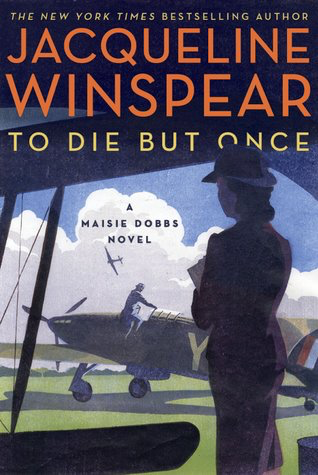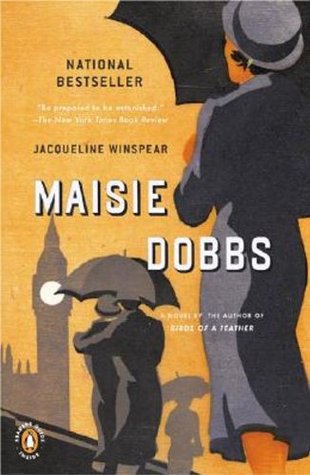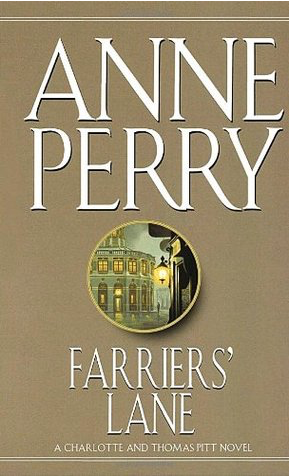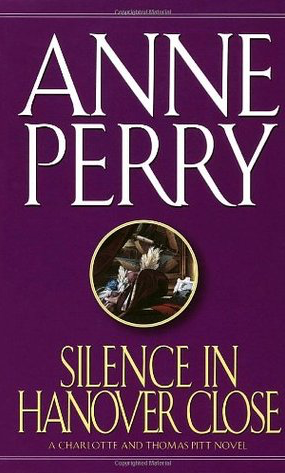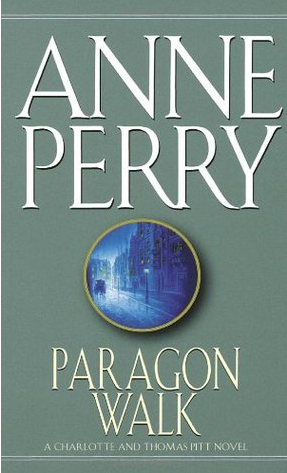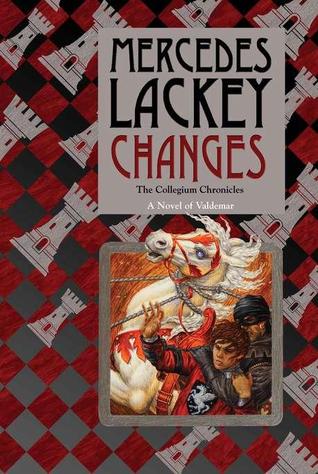I received this book for free from my own shelves in exchange for an honest review. This does not affect my opinion of the book or the content of my review.
Source: my own shelves
The Mapping of Love and Death
by
Jacqueline Winspear
It is part of the Maisie Dobbs #7 series and is a historical mystery in Hardcover edition that was published by Harper on March 23, 2010 and has 338 pages.
Explore it on Goodreads or Amazon
Other books in this series include [books_series]
Other books by this author which I have reviewed include Maisie Dobbs, Birds of a Feather, Pardonable Lies, Messenger of Truth, An Incomplete Revenge, A Lesson in Secrets, Among the Mad, A Dangerous Place, Journey to Munich, In This Grave Hour, To Die But Once, The American Agent
Seventh in the Maisie Dobbs historical mystery series and revolving around Maisie, a young woman who rose from the servant class to be a psychologist and investigator. This story is set in April 1932 in London. And really, I’d give this a “7”!
In 2011, The Mapping of Love and Death won the Bruce Alexander Memorial Historical Mystery Award.
My Take
Oh. My. God. This story is such a mess of emotion, from the loss of such a promising life, the death of someone important to so many, and the promise of the most amazing future with possibilities in romance, Maisie’s work, and her future.
I am most grateful to Winspear for how she ended it as it tempered the loss. Oh, I still cried…and am still crying as I write this review. And yet, the hope that lives on…*laughing a little*…and the question of what the future will bring (!) has me chomping at the bit to get on to A Lesson in Secrets to find out what happens next. Damn you, Winspear for leaving me in such doubt!
Winspear has also done a brilliant job in setting up a natural change in the series, and it’s building off the change possibilities she introduced in Among the Mad, 6.
I must confess the developing romance is one I’ve been hoping for as I like the man, and it’s an interesting “experiment” in social changes as well as a reflection in changes within English society as a whole.
My only negative is Winspear’s repeating the bit about Michael’s observations of his new British friends. I do wish she had re-worded it so it didn’t sound like a cut-and-paste.
It’s an interesting series. A bit cold — as in a British reserve sense — and yet I do adore these characters. Maisie could be considered unrealistic in her patience and acceptance, except that she’s been trained by Maurice and Basil Khan. And her upbringing certainly was unusual, enough so that she’s completely believable. Winspear contributes to this with Maisie’s own doubts and fears. Ones that Maisie acknowledges as she comes to understand them. It’s a lovely combination of a regular human being who needs weaknesses pointed out to them with a strong woman who is willing to examine those weaknesses, to recognize them. Billy is a good man, concerned for his family, and willing to work for a woman. Yes, a strong Maisie is one of my favorite parts of this as she confounds Scotland Yard and Special Branch with her insight.
I also adore how well Winspear conveys the feel of the time period. I feel as though I’m there in the 1930s, and Winspear appears to get the details right from manners to mores to clothing — and the lack of plumbing!
The Story
When their son’s body is discovered in a farmer’s field, his parents contact Maisie to learn more. They want his killer found, but their greatest hopes are of a lover, perhaps even a wife who may have had a child. With their son dead, a child is their only hope of their beloved son living on.
The trauma of learning what happened in Michael’s life, however, is overshadowed by emotional events in Maisie’s own life as Maurice falls ill, and Maisie falls in love.
The Characters
Maisie Dobbs is a psychologist and investigator by both training and desire. She rose from the servant class when she was caught interested in reading and knowledge. Now she works as a private investigator for herself as well as consulting for Scotland Yard and Special Branch. Frankie Dobbs, her father, is the stablemaster out at Lord and Lady Compton’s country estate, Chelstone. Jook is Frankie’s dog.
Billy Beale is her assistant, and Maisie and Billy are both thrilled that they’ve been successfully in business for three years, at a time when the Great Depression has deprived so many of work. Doreen is Billy’s wife and home now, working to get past her depression. Dr. Masters has been successfully treating Doreen.
Dr. Maurice Blanche has continued working for the government in both an investigative, legal, and forensic capacity. He took Maisie under his wing years ago and encouraged her, along with Lady Rowan, to achieve higher education. Mrs. Bromley is Dr. Blanche’s housekeeper at the Dower House which he purchased from the Comptons. Basil Khan is still teaching and providing solace. Dr. Andrew Dene, a renowned orthopedic surgeon, had dated Maisie and married another when Maisie dumped him. He was one of Maurice’s prodigies. Bernard Klein is Maurice’s solicitor.
Priscilla Partridge has been Maisie’s best friend since Girton and struggling with depression and alcohol; she introduced Maisie to Simon. Douglas is her pacifist husband who was disabled in the war. Their children are mad for all things aviation. Benedict Sutton is a friend of theirs whom Pris sets up with Maisie.
Lady Rowan and Lord Julian Compton have been supportive and a good resource for Maisie. James Compton, Viscount Compton and heir to his father’s title, has been working for his father’s interests in Canada but seems to have returned to England for good this time. Emily is an older sister who died. Carter is the family’s butler at Chelstone.
Sources
Colonel John Bartley refers Maisie on to Lieutenant Colonel Archibald Davidson who refers her to Major Peter Whitting who refers her to Major Ian Temple. Dawson is the friendly butler who does for Whitting. Lady Petronella Casterman is very active in charitable work; Elizabeth Peterson was one of her nurses. Lady Ella has three children: two daughters and a son, Christopher Casterman, heir to the title. Henry Gilbert is a cinematographer; Roland Marshall is Gilbert’s assistant.
Scotland Yard
Detective Inspector Caldwell has gotten a promotion with Stratton’s move into Special Branch. Detective Chief Inspector Stratton is now Special Branch but only appears at the funeral along with Robert MacFarlane. John Langley is an embassy bloke.
Michael Clifton is a cartographer who has discovered oil in an untapped field in California, but he enlists in the British Army when World War I breaks out. Tennie, the English Nurse, is Michael’s love. Edward and Martha Clifton are his wealthy and supportive parents. Their eldest daughter, Meg, is married to Bradley Marchant who knows Hayden. Teddy is their oldest son; his son, Chris, loves exploring and looks just like Michael. Anna is married to Thomas Libbert, and Michael is their youngest. Veronica Clifton was Edward’s sister, part of the Clifton Shoe family forbidden to speak to Edward.
Dr. Charles Hayden had been a volunteer with a medical contingent from Massachusetts General Hospital which came to help the English Army at the start of the war. He was introduced to Maisie through Simon Lynch. Hayden is now married to Pauline.
Captain Jeremy Lockwood was Michael’s immediate superior. Sydney Mullen was a member of the cartography crew and one of Michael’s friends.
Alfie Mantle is an Artful Dodger moving up in the ranks, so to speak.
The Cover and Title
The cover is the woodcut style Winspear has used throughout the series so far with metaphors galore as Maisie leans back against her red MG. She’s at the top of a hill out looking across the English countryside, itself a metaphor for Michael’s dream for his future and of his career choice. I like to think that the sign at the crossroads is also a metaphor for Maisie while that view across the countryside also makes me think of the battlefields of World War I from a cartographer’s viewpoint with its hills and valleys, fences, buildings, and trees. That bit of barbed wire near the car’s fender and Maisie’s map simply reinforces the feeling.
The title is a play on the murder victim as well as Maisie, for it’s The Mapping of Love and Death for Michael and Maisie both.


